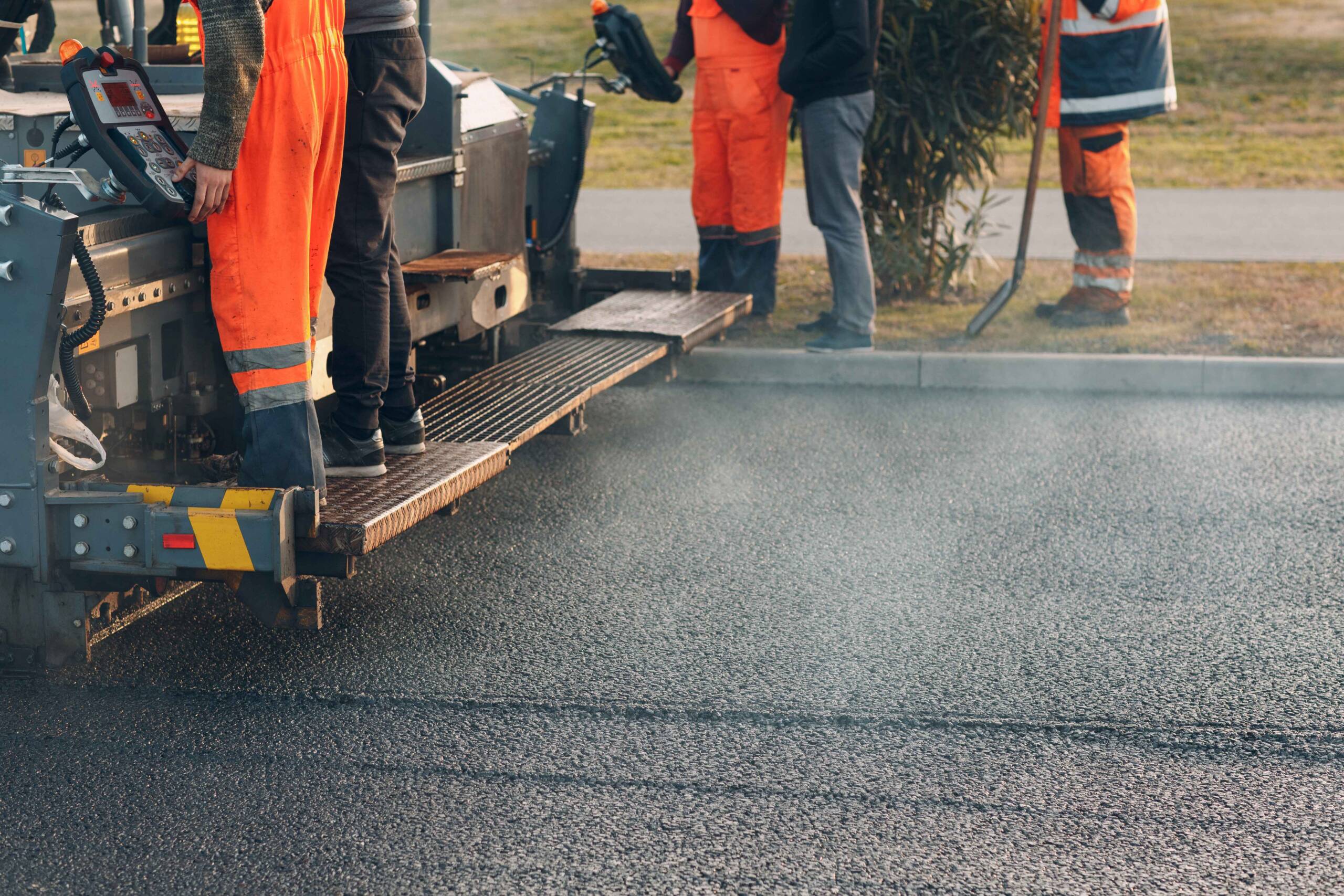Factors Influencing Road Surfacing Project Costs
Road surfacing projects are essential for maintaining and improving transportation infrastructure. However, the cost of these projects can vary significantly depending on a range of factors. In this article, we will explore the key elements that impact the overall cost of road surfacing projects.
Materials and Equipment
The cost of materials and equipment plays a significant role in determining the total cost of a road surfacing project. Some of the main materials and equipment include:
- Asphalt or concrete
- Aggregates (gravel, sand, etc.)
- Binders (bitumen, cement)
- Paving machines
- Rollers and compactors
- Excavators and graders
The quality and quantity of materials required, as well as the availability and rental costs of equipment, can greatly influence the project’s budget.

Labor Costs
Another crucial factor in road surfacing project costs is labor. The expense of hiring skilled workers, such as:
- Engineers
- Surveyors
- Heavy equipment operators
- Paving crews
- Traffic control personnel
Labor costs can vary depending on the project’s location, the workers’ experience level, and the prevailing wage rates in the area.
Project Scale and Complexity
The scale and complexity of a road surfacing project can significantly impact its cost. Factors to consider include:
1. Length and width of the road
2. Number of lanes
3. Terrain and gradient
4. Drainage requirements
5. Intersection and access point treatments
6. Traffic management during construction
Larger and more complex projects typically require more materials, equipment, labor, and time, resulting in higher overall costs.
Location and Accessibility
The project’s location and accessibility can also affect the cost of road surfacing. Remote or hard-to-reach areas may incur additional expenses for:
- Transporting materials and equipment
- Accommodating workers
- Ensuring adequate safety measures
Moreover, projects in urban areas may face challenges related to traffic congestion, limited work hours, and noise restrictions, which can increase costs compared to rural projects.
Environmental Factors and Regulations
Environmental factors and regulations can also impact road surfacing project costs. For example:
- Stormwater management requirements
- Erosion and sediment control measures
- Permitting and compliance with local, state, or federal regulations
- Mitigation of environmental impacts (e.g., wildlife protection, wetland preservation)
Adhering to these regulations and implementing necessary environmental protection measures can add to the project’s overall cost.
Maintenance and Life-Cycle Costs
When considering the cost of a road surfacing project, it’s essential to factor in long-term maintenance and life-cycle costs. Aspects to consider include:
- Durability and expected lifespan of the surface material
- Anticipated traffic volume and loads
- Climate and weather conditions
- Routine maintenance requirements (e.g., crack sealing, pothole repair)
- Resurfacing or rehabilitation intervals
Investing in higher-quality materials and construction techniques may increase upfront costs but can lead to lower maintenance expenses and longer service life, ultimately providing better value for money.
“The true cost of a road surfacing project extends beyond the initial construction phase. It’s crucial to consider the long-term performance and maintenance requirements to ensure a cost-effective and sustainable solution.” – Jane Smith, Transportation Engineer
In conclusion, the cost of road surfacing projects is influenced by a multitude of factors, including materials and equipment, labor, project scale and complexity, location and accessibility, environmental considerations, and life-cycle costs. By carefully evaluating and balancing these elements, transportation agencies and contractors can develop cost-effective strategies for maintaining and improving our road networks while ensuring the best value for taxpayers and road users alike.

